Last Updated on February 29, 2024 by Ecologica Life
If you’re worried about the microplastics problem, you’re not alone, we are too. That is why we at Ecologica.life we have been digging deeper into the issue to find more information and research on the subject.
During this deep dive, we discovered some slightly optimistic news about the drinking water in the Netherlands. Research from 2021 indicates that the drinking water in the Netherlands is largely free of microplastics. However, more research is needed to detect and prevent the presence of nanoplastics in the water.
Unfortunately, this research has highlighted the high levels of microplastics in the environment. These microplastics should not be there, and we should come together to solve this problem as soon as possible.
Table of Contents
What are Microplastics and Nanoplastics?
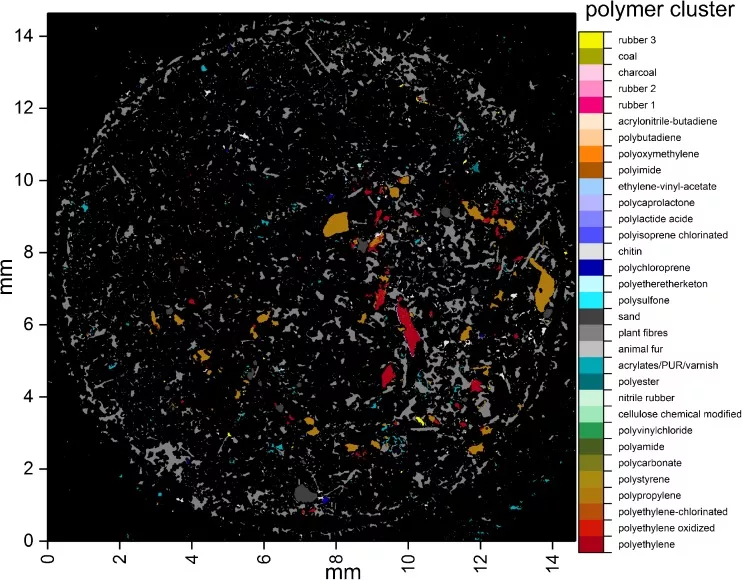
Microplastics are tiny plastic particles that are less than 5 millimetres in size. They typically range from a few micrometres to a few millimetres in diameter.
They are primarily the result of the breakdown of larger plastic items, such as packaging materials, fibres from clothing, or fragments from plastic products. Microplastics can also be intentionally manufactured for specific industrial or cosmetic purposes, such as microbeads in personal care products. Nanoplastics, on the other hand, are even smaller plastic particles, measuring less than 1 micrometre (0.001mm) in size.
Both microplastics and nanoplastics are concerning because they are persistent in the environment and can accumulate in various ecosystems, including water bodies, soil, and even in living organisms.
They pose an environmental risk because they can be ingested by marine life and other animals. This can have harmful effects on their health. In addition, microplastics and nanoplastics have been found in food, drinking water and human blood samples, raising concerns about potential impacts on human health.
The widespread presence of microplastics and nanoplastics has led to increased research and efforts to minimise their release into the environment, improve waste management practices, and develop technologies for their detection and removal.
So is Netherlands Drinking Water Safe?
This may be another reason to choose tap water over bottled water in the Netherlands. A study published in 2021 suggests that very little microplastics enter tap water from the environment.
The study, conducted by Het Waterlaboratorium, commissioned by Dunea and Waternet, aimed to investigate the presence of microplastics in tap water and to assess the impact of the distribution network on their presence.
The results of the study showed that the concentration of microplastics in tap water was extremely low. The average amount of microplastics detected was so low that it was virtually indistinguishable from the baseline measurement.
The study estimated that for a typical family only 1 in 350 glasses of drinking water would contain a plastic particle. Zero would be better, but we need to tackle plastic pollution at its source to achieve that.
The research concluded that the treatment processes effectively remove the studied group of microplastics. And that the purification methods employed by water companies were successful in preventing their passage into tap water.
Importantly, the study also examined the influence of the mains network on microplastic contamination. It was determined that the distribution network, including the use of PVC pipes, did not contribute to the addition of plastic particles to the water. The research indicated that the type of material through which water flows, whether plastic or other pipes, did not make a significant difference to the presence of microplastics.
The study’s results are reassuring given the low levels of microplastics detected in tap water. However, the researchers stress the need for a comprehensive approach to addressing plastic pollution. They advocate for prevention of plastic pollution at its source as the most effective solution, highlighting the importance of integrated efforts to create a clean living environment and protect nature.
It should be noted that the study focused on microplastics larger than 50 micrometres and did not assess the presence of smaller microplastics measuring between 1 and 50 micrometres, or nanoplastics. This size range presents additional challenges for analysis and is the subject of ongoing research by KWR and the drinking water sector.
Filtering Out Nanoplastics
The weaknesses of this study mean that we can’t say for sure whether Dutch tap water contains small microplastics or nanoplastics. However, ongoing research gives us reason to be optimistic about the future.
For example, KWR has developed a new approach that uses machine learning to classify microplastics. Microplastics come from a wide range of sources, making classification a lengthy task. This research proposed to use deep neural networks to relieve experts by allowing AI to identify and classify microplastics.
MOMENTUM is a Dutch initiative designed to study how microplastics and nanoplastics affect human health. Since its inception, MOMENTUM has developed several methods to analyse and measure nanoplastics (MNPs) in various substances, including biological systems. These approaches aim to determine the absorption patterns of MNPs in the human body and the potential immunological responses they may elicit.
A recent study involving KWR investigated the relationship between the size and concentration of microplastics and the composition of microbial communities, as well as the transfer of antimicrobial resistance genes. This study’s findings shed light on the complex interactions between microplastics, microbial communities, and the potential impact on antimicrobial resistance.
More research is needed to understand the impact of MNPs on our health as well as the environment.
Good News for the Netherlands, Bad News for the Environment
More research needs to be done on the detection of nanoplastics in tap water. For now, the Dutch can sleep better knowing that at least these larger microplastics are not getting into their tap water.
Unfortunately, the research team found more than 2000 microplastic particles per m3 in surface water in the Netherlands. These microplastics should not be there, and they will certainly have an impact on wildlife and vegetation, not only in the Netherlands but globally.
This is a global problem that we need to solve together and quickly. Humans are still producing vast quantities of plastic and there is still huge amounts of plastic yet to degrade into microplastics. While the effects of microplastics on our health and the environment may not yet be dire, they will certainly will surely become more noticeable as more microplastic pollution enters the environment.
More research and innovation in this area is urgently needed to better understand and tackle the microplastic crisis.
Are you worried about microplastics? Read our tips to avoid microplastics article.
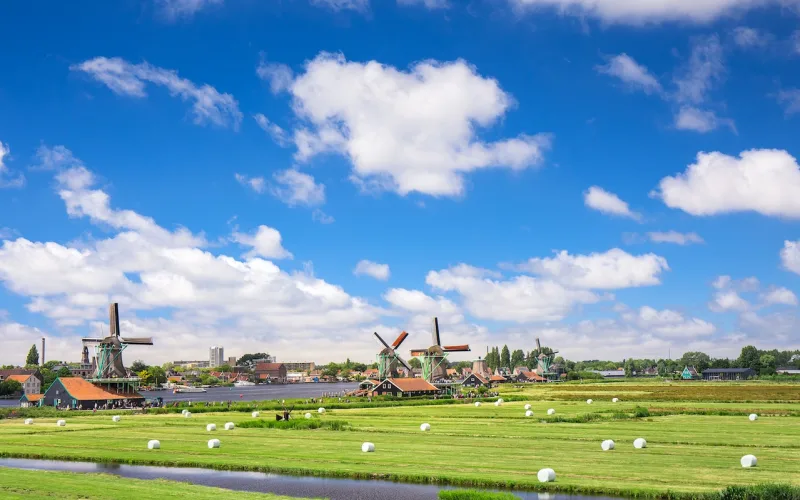
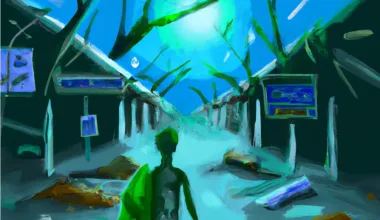
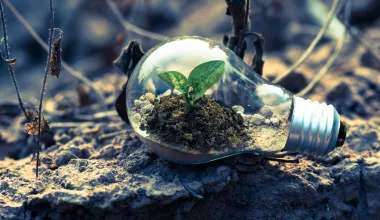
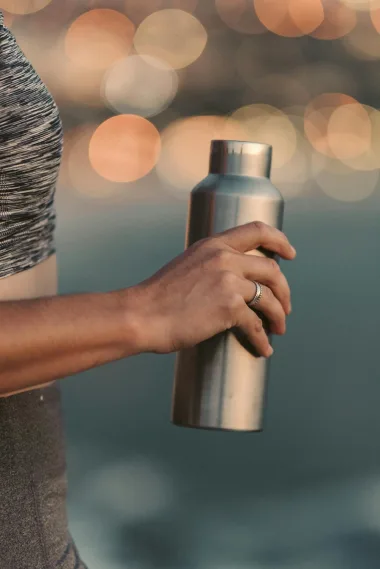
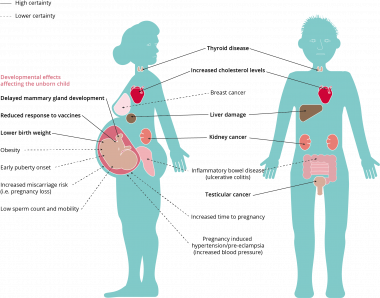


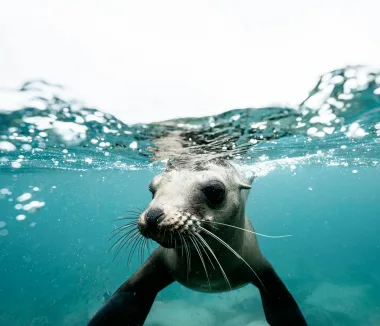

2 comments
Great Article!! Congratulations
Thanks FRANKX, glad you liked it!